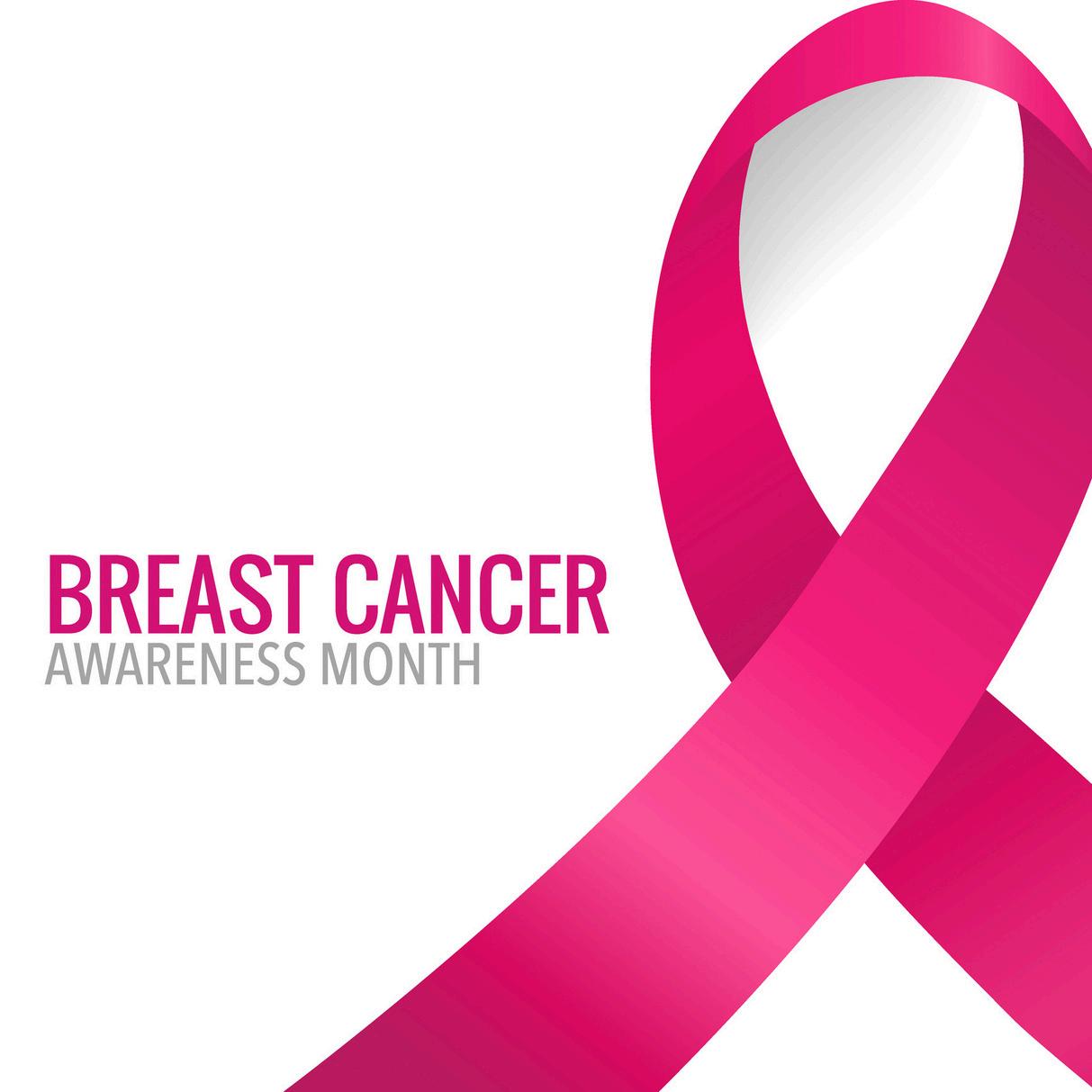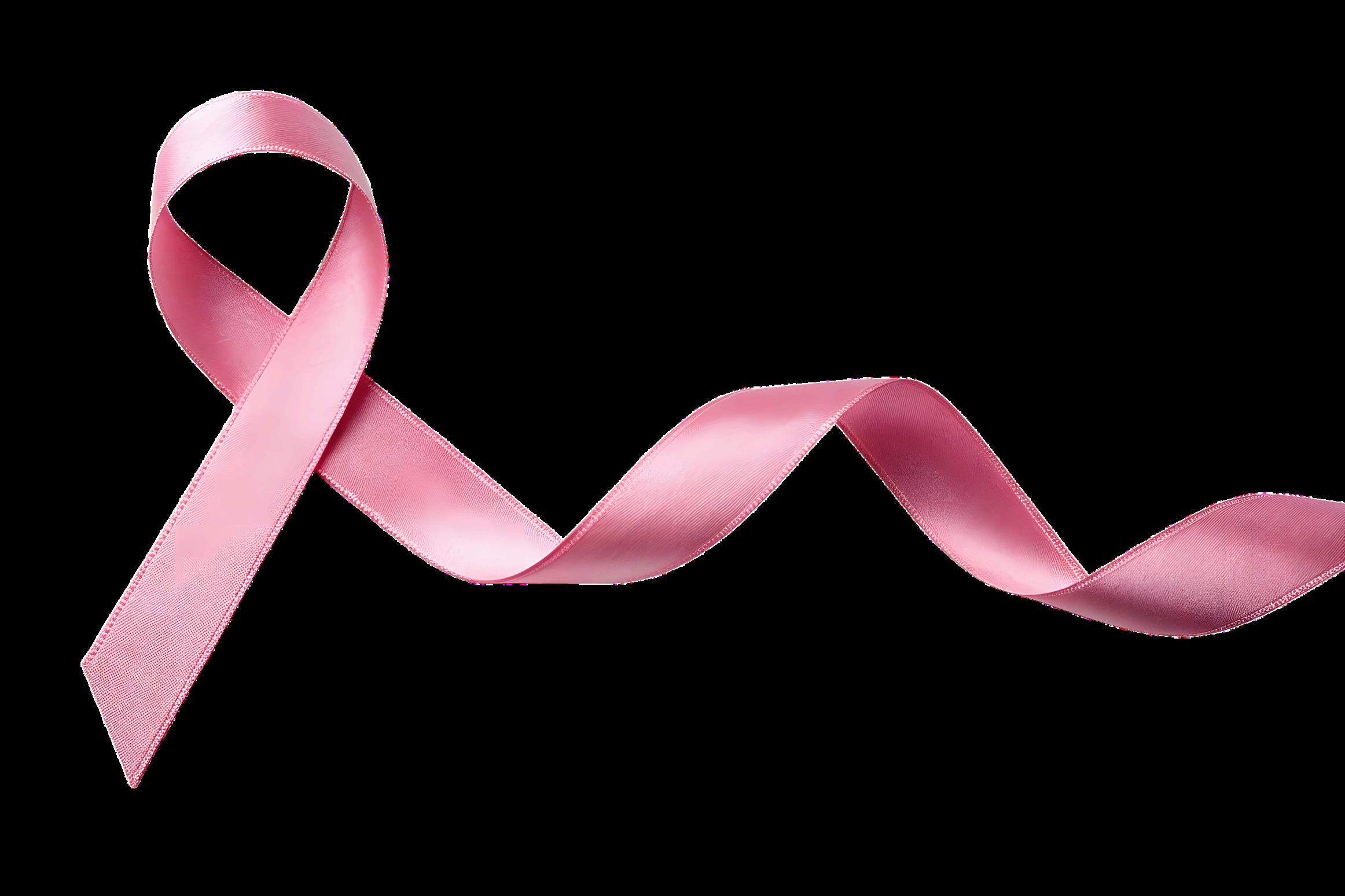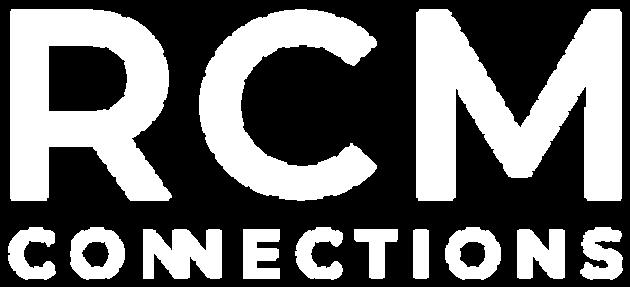





Jena R. Eggert
I know it’s cliché to say the year has flown by, but it has. As my team and I developed this year’s Breast Cancer Awareness issue, one priority stood out above the rest: recognizing the amazing Patient Access and Revenue Cycle teams that support patients every single day.

October is more than just a ribbon for our RCM CommUnity. Every timely appointment, each clear estimate, and every completed authorization help move someone from fear to diagnosis and then to treatment This issue highlights the efforts of the Scheduling and Revenue Cycle teams whose work transforms awareness into action We also honor the organizations recognized for their leadership in this fight. The numbers are staggering: 1 in 8 women in the U.S. will be diagnosed with invasive breast cancer in their lifetime.
My mom, who was an oncology nurse at the University of Kentucky Medical Center, told me during one of her oncology appointments: "Sis, we schedule, support, and guide patients but we don’t fully grasp what we’re sending them into until we’ve been the patient" With that in mind, let’s meet each patient with compassion and put ourselves in their position
Getting an appointment can be hard. Understanding benefits can be harder. Being kind and compassionate is a gift.
Here’s to being the leaders who implement technology, teach and support teams, and retain talent so patients experience the best possible access to care.
Wishing you love, health, and hope this October.
Jena

06. 07.
2025
Why Awareness Matters Learn More
Opportunities to join the fight
15. 11.
Key Stats How to be a part of the #CommUnity
A woman’s lifetime risk of being diagnosed with invasive breast cancer in the U.S. is about 1 in 8 (≈ 13.1 %) (American Cancer Society)
Incidence is increasing gradually: over the past decade, invasive breast cancer among women has been increasing about 1% per year overall; among women under 50, the increase is steeper (~1.4% per year) vs ~0.7% per year for those 50+. (American Cancer Society)
About 316,950 new cases of invasive breast cancer are expected in women in 2025, plus ~59,080 cases of ductal carcinoma in situ (DCIS) in women. (Breastcancer.org)

Survival: When caught early (localized stage), the 5-year relative survival rate is very high (often ~99 %) (National Breast Cancer Foundation)
2800
In men, roughly 2,800 new cases of invasive breast cancer in 2025, with some fatalities. (National Breast Cancer Foundation)
4 M
Prevalence / Survivors: Over 4 million women in the U.S. are living with a history of breast cancer. (National Breast Cancer Foundation)
42,170
Estimated deaths in 2025: ≈ 42,170 women will die of breast cancer. And ≈ 510 men. (National Breast Cancer Foundation)
Mortality is higher among Black women vs White women despite similar incidence in many age groups. (American Cancer Society)
Breast cancer is the leading cause of cancer death among non-Hispanic Black women and Hispanic women. (CDC
Imaging advances: expanded tomosynthesis adoption, MRI protocols for high‐risk patients
AI risk modeling & decision support in imaging pathways
Shorter pathways from abnormal screen → diagnostics → biopsy
Navigation models that integrate Scheduling, Prior Auth, and Financial Counseling



REVENUE

Timely scheduling of mammograms and follow-up imaging is critical.
RCM teams ensure insurance verification and prior authorization are handled quickly so patients aren’t delayed by financial or administrative barriers. Smart scheduling systems reduce wait times, helping patients get screened before it’s too late.
Automated scheduling reminders and patient access tools lower no-show rates. Fewer no-shows means earlier diagnoses, better treatment continuity, and more efficient use of hospital resources. This directly impacts survival rates, since early diagnosis is linked to a 99% five-year survival when breast cancer is localized.
When scheduling and billing processes run smoothly, patients can focus on care rather than paperwork. This builds trust, improves compliance with care plans, and ultimately improves outcomes in the fight against breast cancer.
Many patients skip mammograms or treatment because of cost concerns. Financial clearance, pre-service collections, and patient counseling from RCM teams guide patients through co-pays, deductibles, and financial assistance programs. By easing financial anxiety, more patients follow through on screenings and treatments
RCM systems can identify populations overdue for screenings and flag patients at higher risk. Hospitals use this data to conduct targeted outreach campaigns connecting with underserved or highrisk groups who otherwise might fall through the cracks
The patient access workforce remains one of the fastest-growing non-clinical roles in healthcare nationwide.
Sources: Glassdoor
The patient access workforce remains one of the fastest-growing non-clinical roles in healthcare nationwide.

Workforce shortages are especially acute in rural areas and among entry-level and mid-level patient access positions, causing healthcare providers to expand digital tools and AI-driven automation to fill gaps.
2
The patient access workforce now spans in-person, remote, and hybrid roles, with artificial intelligence, automation, and virtual care technologies reducing some manual burdens but increasing the skill set required of new hires
Major policy and payment reforms in 2025 are affecting the patient access workforce, especially as healthcare shifts toward value-based care and price transparency requirements.
4
More than 80% of US healthcare providers either use or plan to invest in digital patient access and scheduling technology, indicating near-universal market penetration and availability of multiple vendor options.
5
Online self-scheduling, real-time slot management, and integration with insurance verification and patient intake are leading features among the top products

Sources from our friends at NYX Health and Experian
MD Anderson Cancer Center (Houston, TX)
Memorial Sloan Kettering Cancer Center (New York, NY)
Mayo Clinic (Rochester, MN)
Memorial Sloan Kettering Cancer Center (New York, NY)
Dana-Farber Brigham Cancer Center (Boston, MA)
City of Hope (Duarte, CA)
Johns Hopkins Hospital (Baltimore, MD)
UCSF Medical Center (San Francisco, CA)
Mount Sinai Hospital (New York, NY)
UCLA Medical Center (Los Angeles, CA)
University of Pennsylvania – Abramson Cancer Center (Philadelphia, PA)
A)
Severalhospitalsacrossthecountryare recognizedfortheirbreastcancer programs,research,andpatient outcomes.

Pioneering clinical trials and multidisciplinary care.
One of the world’s most comprehensive breast cancer programs.
Known for collaborative care and advanced therapies.
One of the world’s most comprehensive breast cancer programs.
Strong in research, innovation, and survivorship programs.
Renowned for patient-centered care and community outreach.
Leaders in early detection and personalized medicine.
Cutting-edge research and strong NIH funding.
Comprehensive breast health programs.
Active clinical trial network.
Leaders in translational research and patient care.





Here are a few links to find “Pink Out Events” in your area. (please take screenshots of the websites and then add the website to them. Here are three
These organizations collectively drive awareness, funding for research, patient support, and national advocacy efforts, playing a major role in the fight against breast cancer in the US.

Learn more about the advocates fueling awareness, funding, and change
10 Best Breast Cancer Charities to Donate To in 2025 National Breast Cancer Coalition (NBCC)
The best cancer charities driving real change and impact
Comparing Top 7 Breast Cancer Charities











